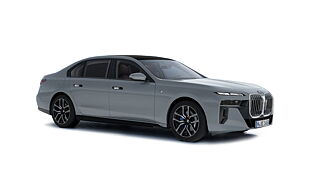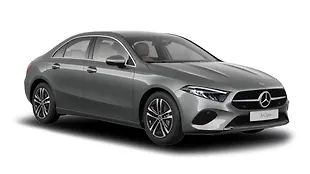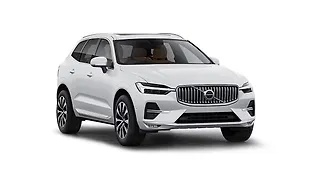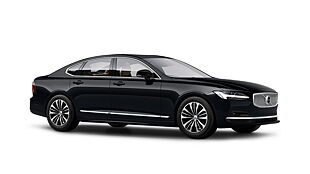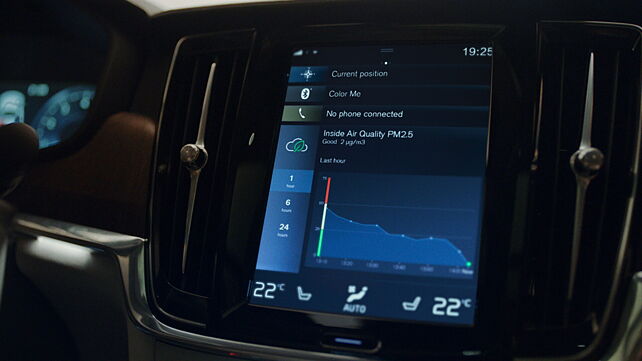
- The sensor measures PM 2.5 levels inside the cabin
- Drivers can compare air quality inside cabin with the outside of the car
Volvo cars has introduced the world's first Premium Air-Quality technology in its cars, thereby providing clean and healthy air inside the vehicle. The new advanced air-cleaner technology comes with a sensor that measures PM 2.5 levels inside the cabin, creating a feature not available in any other car that is currently sold in the market. In China, where PM 2.5 measurements and related information services are well established, Volvo drivers can also compare air quality inside the cabin to that outside of the car.
The new technology will be available in all 60 and 90 series models based on the Scalable Product Architecture (SPA), from spring onwards. The synthetic fibre-based filter and ionisation ensures that up to 95 per cent of all PM 2.5 particles are kept out of the cabin. This optimises air quality inside the car, limiting the adverse health effects that are associated with air pollution and fine particulates. Cleaner air inside the car also helps to advance safe driving, since healthy and fresh air can help boost driver's concentration.
Drivers of relevant Volvo models can also use the ‘Volvo On Call’ smartphone app (where available) to easily schedule an extra cleaning of the cabin air ahead of their journey. The app then tells drivers about the actual PM 2.5 levels inside the cabin after cleaning.
Apart from the advanced air cleaner technology, Volvo Cars is also working on creating a healthy environment inside its cars in other ways. Its engineers have a long-standing focus on removing emissions from organic substances in the car and minimising the amount of allergy-causing materials from its interiors.
Volvo Cars has strict sourcing requirements for suppliers in order to minimise the generation and emission of odours from parts and materials used inside the cabin. The company also works closely with a variety of universities and other institutes on projects related to material use, as well as developing and implementing ever-stricter allergy standards for its interiors.
A special team of odour assessors, internally known as ‘The Noses’, tests components individually as well as on a complete car level for odour emissions. Despite technological advances, this team remains unmissable for the odour control process because the human nose is much more sensitive than any analytical instrument.

![Volvo S90 [2016-2021] Image Volvo S90 [2016-2021] Image](https://imgd.aeplcdn.com/272x153/cw/ec/22612/Volvo-S90-Right-Front-Three-Quarter-83299.jpg?wm=0&q=80)















![Volvo S90 [2016-2021] Right Front Three Quarter Volvo S90 [2016-2021] Right Front Three Quarter](https://imgd.aeplcdn.com/199x112/cw/ec/22612/Volvo-S90-Right-Front-Three-Quarter-83299.jpg?v=201711021421&q=80)
![Volvo S90 [2016-2021] Rear View Volvo S90 [2016-2021] Rear View](https://imgd.aeplcdn.com/199x112/n/cw/ec/22612/s90-exterior-rear-view.jpeg?q=80)
![Volvo S90 [2016-2021] Front View Volvo S90 [2016-2021] Front View](https://imgd.aeplcdn.com/199x112/n/cw/ec/22612/s90-exterior-front-view.jpeg?q=80)
![Volvo S90 [2016-2021] Interior Volvo S90 [2016-2021] Interior](https://imgd.aeplcdn.com/199x112/cw/ec/25446/Volvo-S90-Interior-82274.jpg?v=201711021421&wm=1&q=80)
![Volvo S90 [2016-2021] Interior Volvo S90 [2016-2021] Interior](https://imgd.aeplcdn.com/468x263/cw/ec/25446/Volvo-S90-Interior-82275.jpg?v=201711021421&wm=1&q=80)








